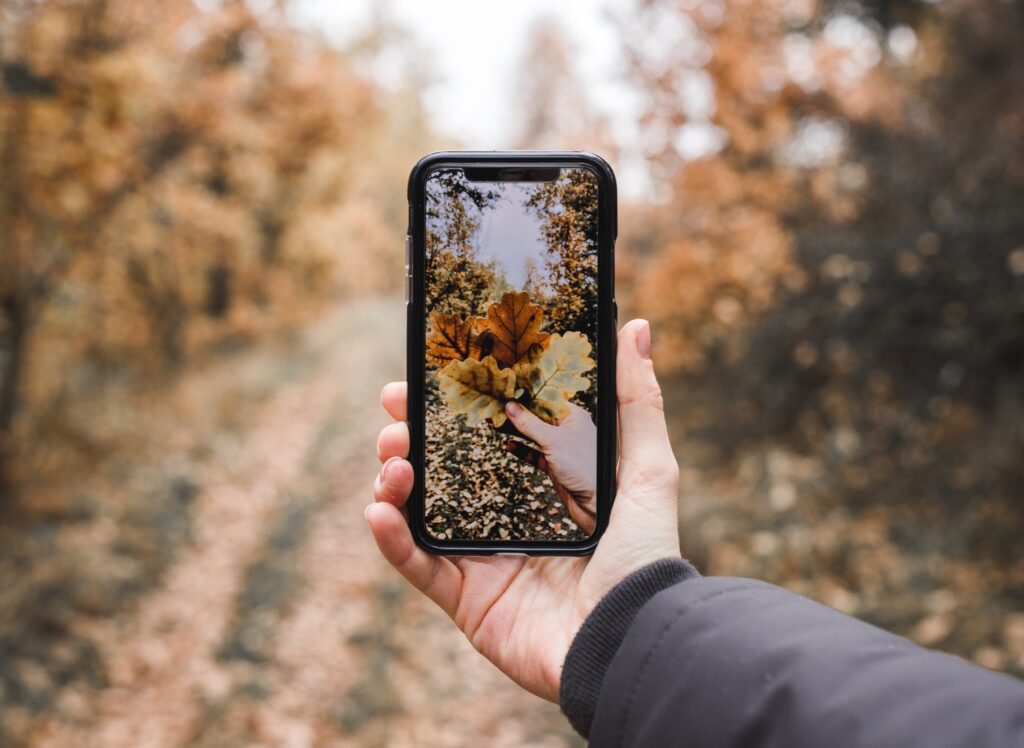A great phone camera is useful for a lot of things. You can use it to take pictures of your food and start a career as a good influencer, or to take pictures of yourself to track your weight loss journey. But how do you know if a phone has a great camera?

Here’s what to look out for.
Good Number of Megapixels
Megapixels are important because they give you an idea of how much detail the camera can capture.
The more megapixels the more detail. Most phone cameras these days are at least 12 megapixels. But if you’re looking for a phone with an exceptional camera, look for something around 16 megapixels or more.
You can find out how many pixels a phone has by doing a quick Google search of the phone’s make and model. Or, you can either read reviews or watch unboxing video reviews on YouTube. The reviewer will almost always mention how many megapixels the phone’s camera has.
Large Screen
The bigger the screen, the better it is for photography. If you’re going to get that cool shot of your entire feature wall or be able to capture everyone in that epic group shot, you need a phone with a large screen.
The average phone screen size is between 5 and 6 inches.
So if you want a phone with an exceptional camera, look for one with a screen that’s at least 5.5 inches. You can take things a step further and seek out 6+ inches.
Optical Image Stabilization
Optical image stabilization (OIS) is a feature that helps reduce blurriness in photos. It does this by using tiny motors to move the lens to counteract any movements of your hand.
If you’ve ever taken a photo and it’s come out blurry because your hand was shaking, that’s what OIS is designed to help with.
Some phone cameras have electronic image stabilization (EIS), which uses software to try and reduce blurriness. But OIS is better because it’s a physical feature that’s working to stabilize the lens, rather than just using software.
Aperture
Aperture is the opening in a camera lens through which light enters. The size of the aperture affects how much light enters the camera, and also how much of the scene is in focus.
A large aperture lets in more light and results in a shallow depth of field. This means that the background will be blurred, which can be helpful for portraits. A small aperture lets in less light but results in a greater depth of field. This means that more of the scene will be in focus, which can be helpful for landscapes.
The size of the aperture is indicated by the f-stop number. The smaller the f-stop number, the larger the aperture. Most phone cameras have an aperture of f/2.0 or f/2.2.
Finding a phone with a great camera mostly comes down to megapixels, large screens, OIS, and aperture. Keep an eye out for these features and you’ll be sure to find a phone that takes amazing pictures.







